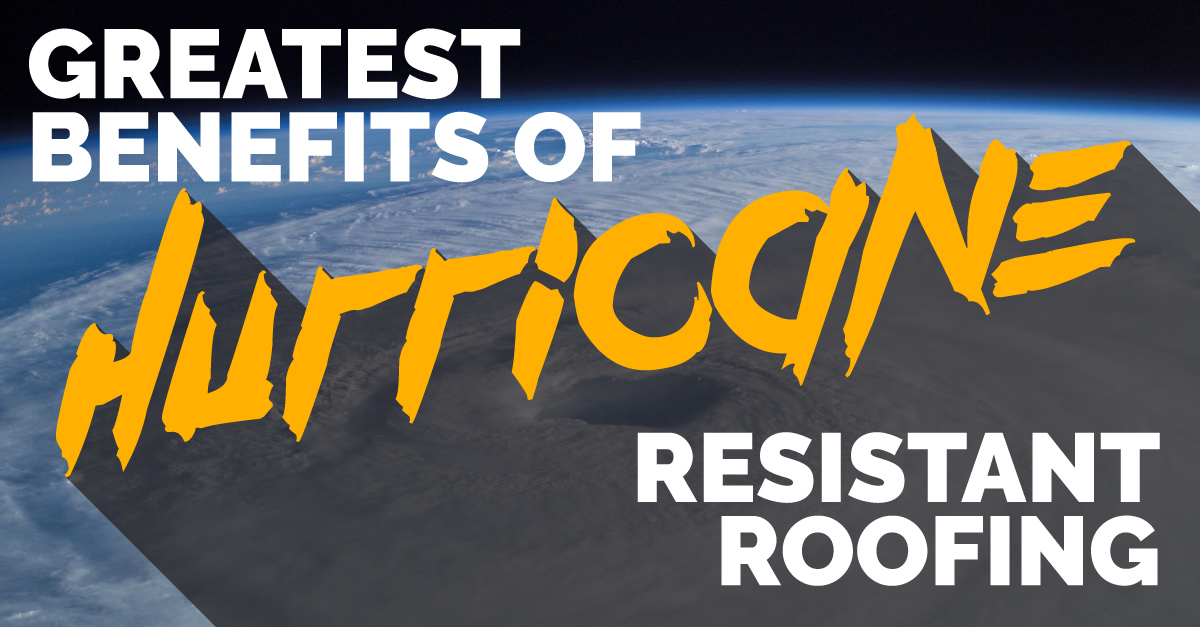Tampa lies within a 140 mph wind speed zone and wind borne debris region, so the roof on your commercial building can suffer serious damage when a storm hits. High winds can tear off the roof cover, flying debris can puncture the material, and wind-driven rain can enter the structure though the damaged areas.
When the time comes to replace your roof, having hurricane resistant roofing installed is a smart choice to lessen the likelihood that wind-related damage will occur. Keeping the roof intact during a storm also helps you:
- Limit lost revenue and downtime: If a significant amount of rain gets into the building through a storm-damaged roof, equipment and inventory may get ruined. You can face a temporary closure, production stoppage, or tenants may need to relocate.
- Minimize interior and structural damage: Water infiltrations can damage wood and corrode metal framing, ruin drywall and ceiling tiles, and harm electrical and HVAC system components. Moisture that’s trapped in the structure can also lead to mold growth that requires costly remediation.
- Preserve energy efficiency: Rain that infiltrates the roofing system can saturate the insulation and erode its R-value. Without effective insulation, your HVAC equipment has to work harder to cool the building’s interior, making your energy costs increase.
Hurricane Resistant Roofing Options for Commercial Properties
It’s wise to have an experienced commercial roofing company inspect your roof and advise you on materials that best match your needs and budget. There are different materials available for pitched and low-slope roofs that meet the Florida and Tampa building code requirements for wind resistance, including:
- Pitched roofs: Asphalt shingles with a high wind rating are the most budget-friendly roofing material for a property with a high-slope roof. Metal roofing is a more costly alternative, but its construction and how it’s installed make it both extremely durable and wind resistant.
- Flat/low-slope roofs: Modified bitumen, thermoplastic polyolefin (TPO) and EPDM membranes are material options for low-slope roofs that can provide good wind resistance if they’re fully adhered.
Material choice is just one of the factors that affect the performance of a roofing system during a hurricane. To protect the building as intended, the decking, underlayment, flashing, and all the other roof system components need to be installed properly and to code, according to the manufacturer’s recommendations.
To learn about hurricane resistant roofing options for your Tampa-area commercial property, contact us today at Aderhold Roofing.

